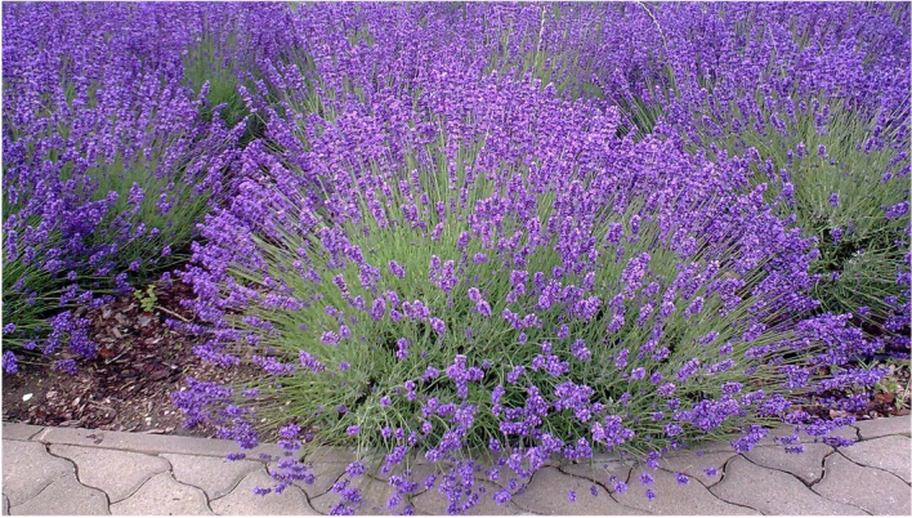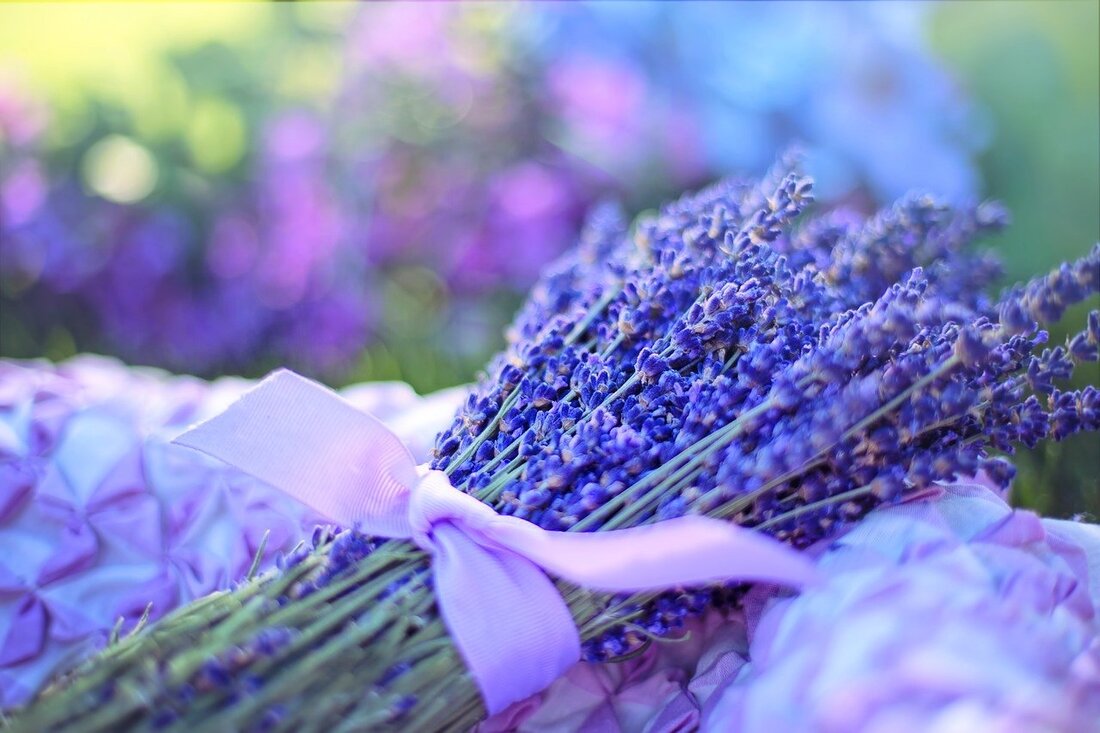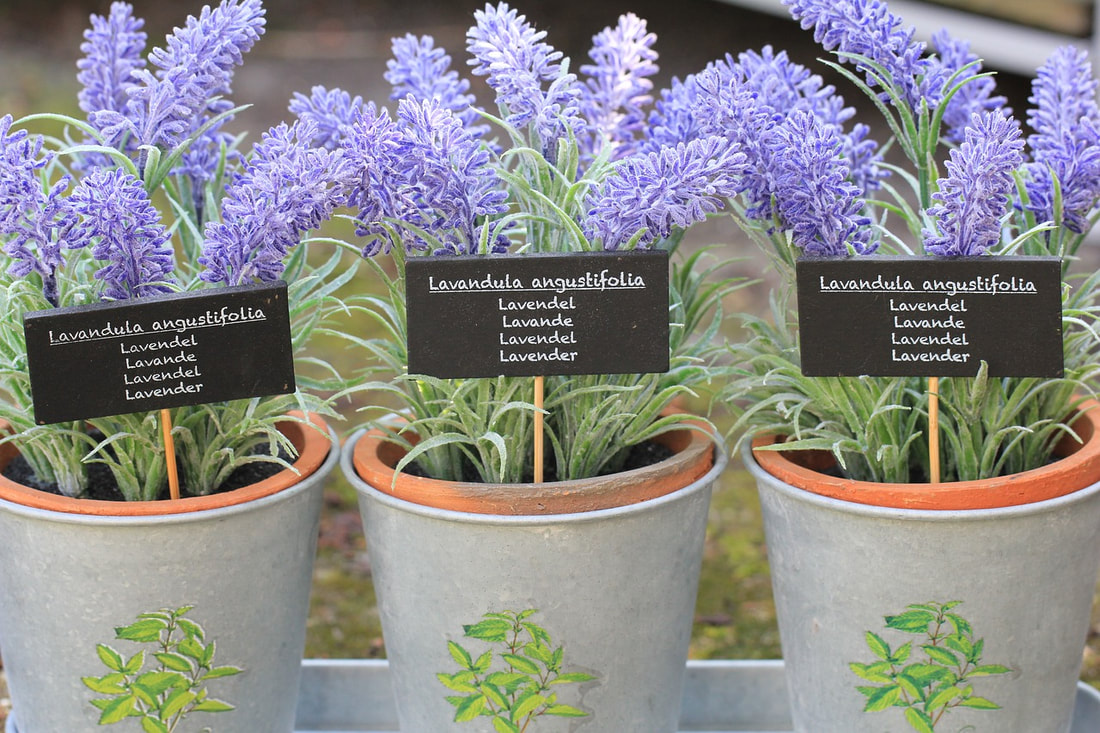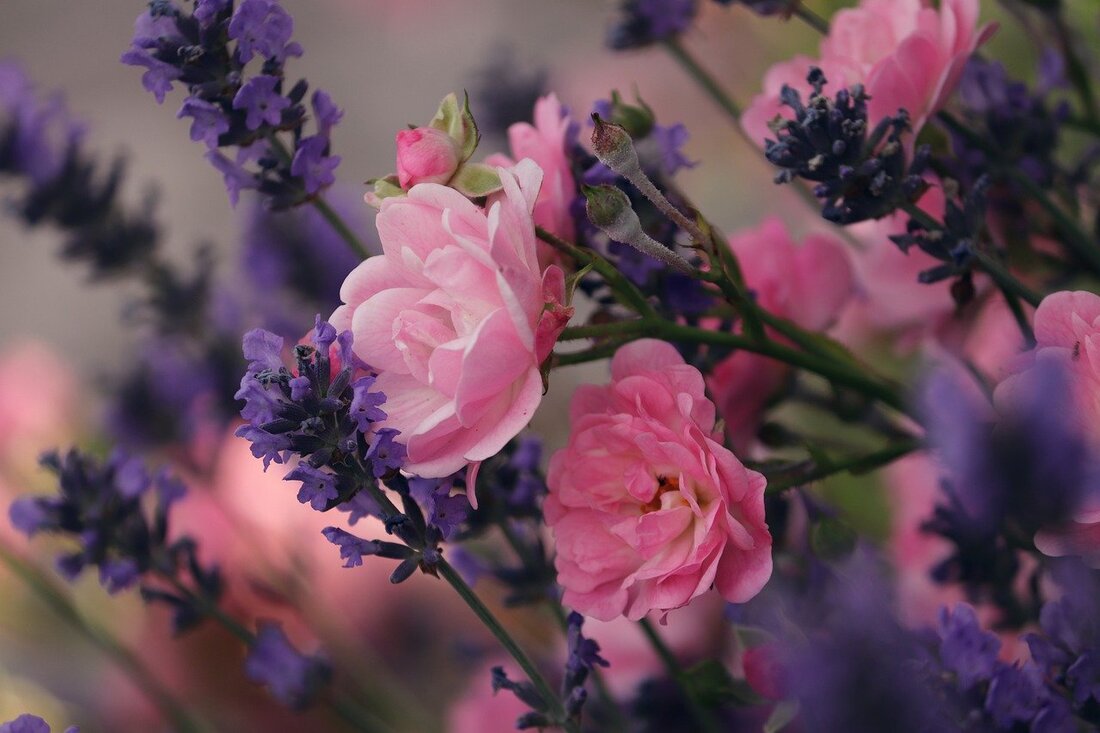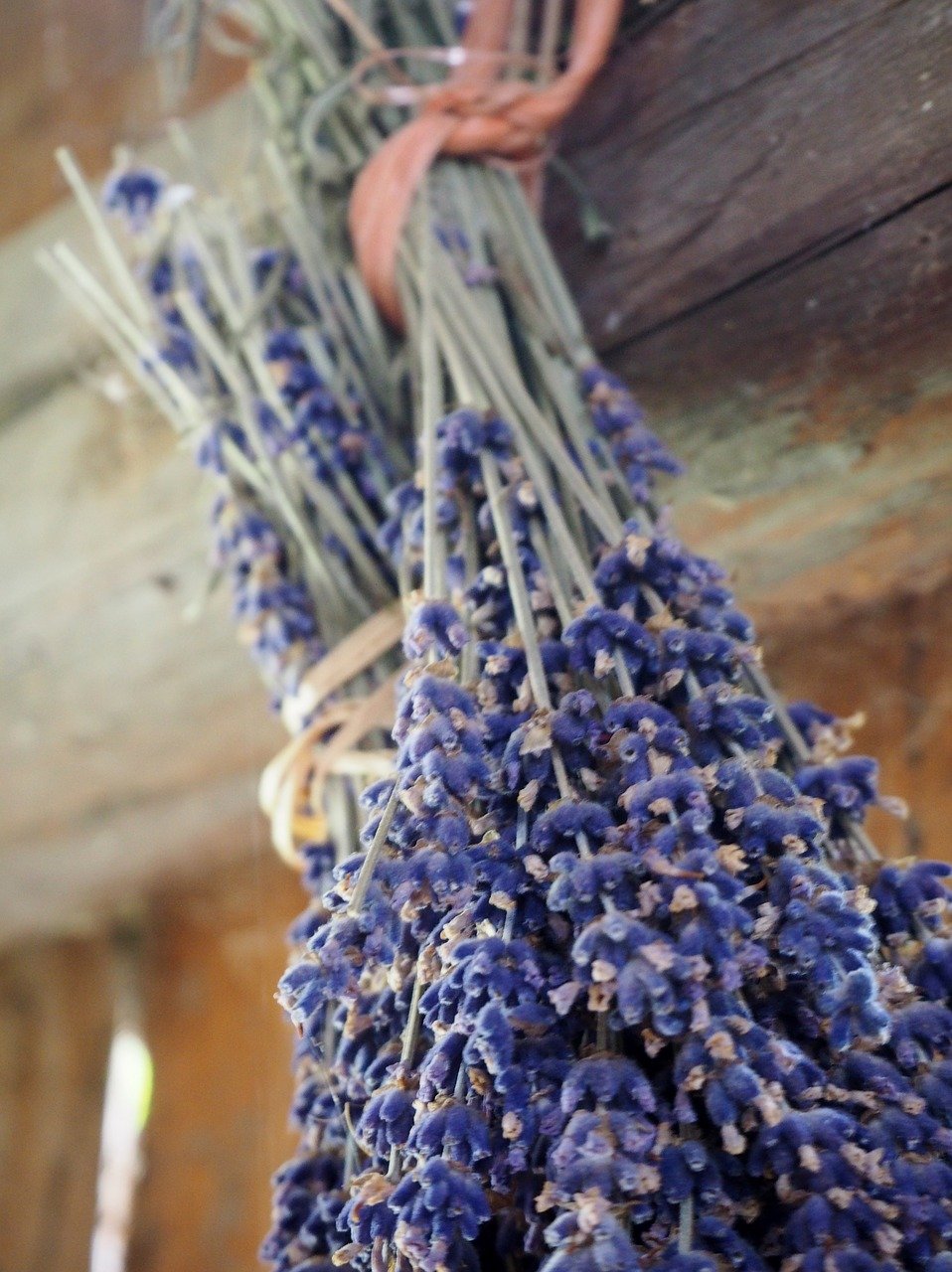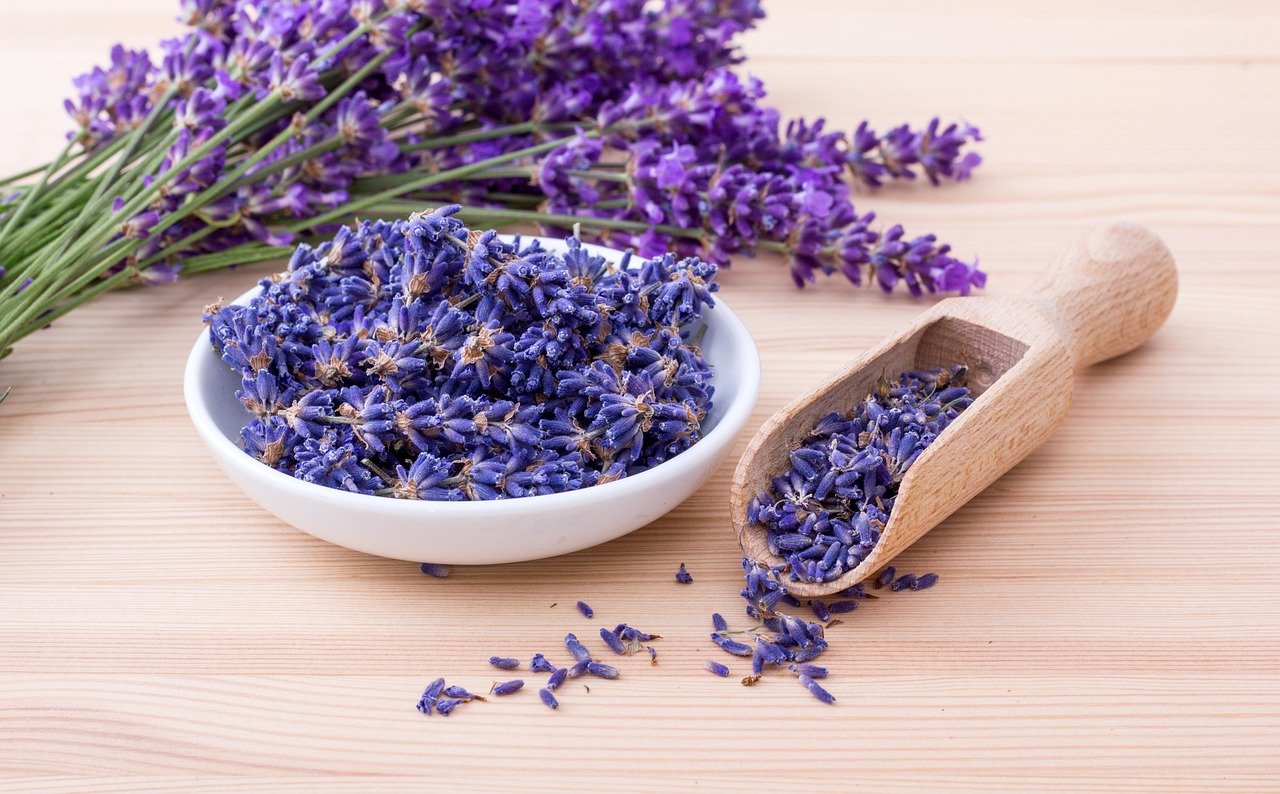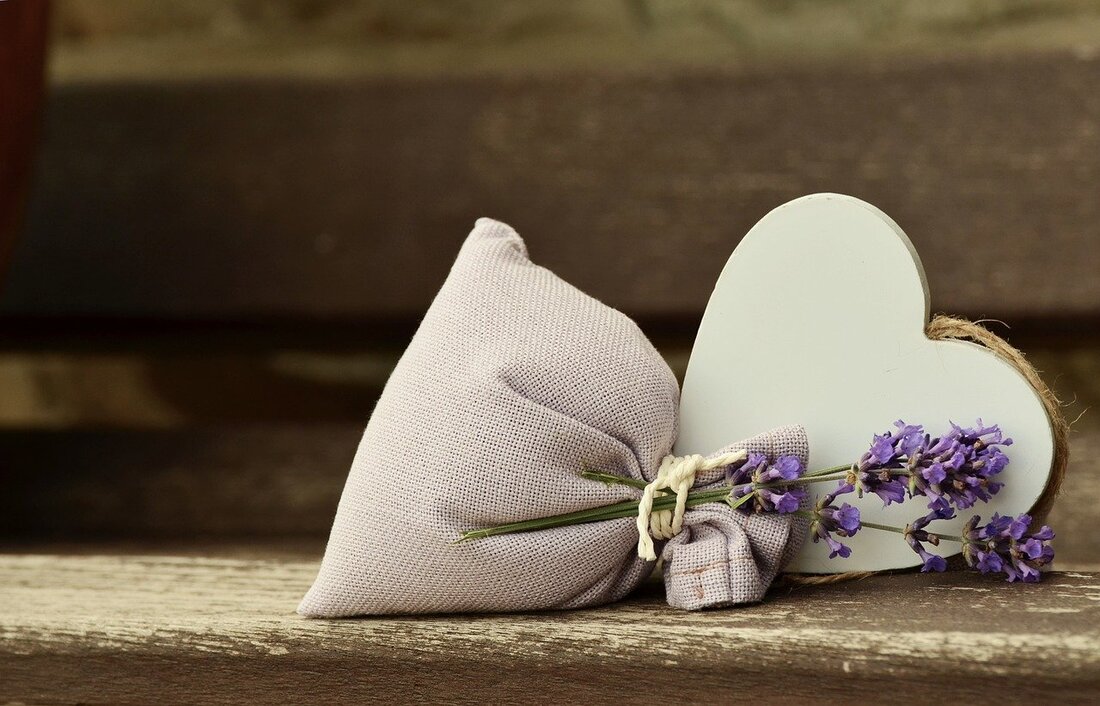How to Grow and Dry Lavender
Lavender (lavandula sp.) is a delightful perennial herb known for its ability to promote relaxation and restful sleep. But, it is also beautiful in the garden and attracts bees and butterflies. Growing and drying your own lavender will provide you with delightful cut flowers in the summer and dried lavender for crafts or sachets that will provide fragrance all winter.
Is Lavender Winter Hardy in Maine?
Lavandula includes over 40 species of plants that range from pink or white to traditional blue and purple. Most are cold hardy in USDA plant hardiness zones 5 through 8, but there are several varieties that are hardy to zone 3.
According to the University of Minnesota Extension the following varieties of lavender are cold hardy to zone 4.
Some sources list Munstead and Phenomenal as hardy to zone 3, but it is risky.
- ‘Imperial Gem’
- ‘Royal Velvet’
- ‘Munstead’
- ‘SuperBlue’
- ‘Jean Davis’
- ‘Niko’/Phenomenal
- ‘Sharon Roberts’.
Some sources list Munstead and Phenomenal as hardy to zone 3, but it is risky.
How to Grow Lavender
Growing lavender in your home garden is relatively easy. This hardy herb returns each year in larger clumps, but from my experience, it does take a few years to become established.
My lavender began several years ago with one small nursery plant. It endured a move to a new home, but just now produced an abundance of blooms.
I would recommend beginning your lavender garden with several nursery grown seedlings.
My lavender began several years ago with one small nursery plant. It endured a move to a new home, but just now produced an abundance of blooms.
I would recommend beginning your lavender garden with several nursery grown seedlings.
Where should you plant lavender?
Lavender can be grown in pots and containers or planted in the soil in the perennial bed. It can be used to line walkways, fill in between perennials or to brighten rock gardens.
Consider planting lavender near roses for a romantic display of soft color.
Consider planting lavender near roses for a romantic display of soft color.
How much sunlight does lavender need?
Choose a location that receives full sun for at least 6 to 8 hours a day. The New England Gardener's Guide recommends planting lavender on a south facing slope in sandy soil. Adjust the pH to 6.0 or above, as lavender does not grow well in acidic soil.
What kind of soil does lavender need?
Lavender thrives in average to poor soil that is neutral to slightly alkaline and drains well.. Aim for a pH of 6.5 to 7.5. If your soil is acidic (below 7.0) add lime to the soil and mix it in well. When preparing the soil you can add some organic matter, such as compost, to improve drainage and aeration, but keep in mind lavender does not need rich soil. Beware of adding peat moss to the soil as it can lower the pH if you apply excessive amounts.
How often do you need to water lavender?
Water your lavender seedlings often to keep the soil evenly moist until roots have time to grow and the plant is established in the new area. Reduce watering to once a week or whenever the soil dries excessively. Lavender is drought tolerant and does not typically require supplemental watering.
Lavender grown in pots or containers may require more frequent watering. Soil in containers dries out quickly in the summer sun. Water them when the soil is dry to the touch 1-inch below the surface.
Lavender grown in pots or containers may require more frequent watering. Soil in containers dries out quickly in the summer sun. Water them when the soil is dry to the touch 1-inch below the surface.
Do you need to fertilize lavender?
Lavender is not a heavy feeder and may produce heavy foliage at the expense of flowers if it is over-fed. The best routine is to apply water-soluble fertilizer in the spring when the first new growth appears and again just prior to blooming.
When should you harvest lavender?
Harvest lavender blooms when they first begin to open. Cut the stem back to the next level of blooms. Stems typically branch with one main bloom rising above the others. Two or more smaller blooms emerge on the side branches. Keeping your lavender plants harvested forces new lavender flowers to form and extends the blooming period of lavender.
How do you dry lavender?
Bundle the lavender stems together and secure with twine or elastic. I personally prefer elastic as it holds securely and tightens as the stems dry. Hang the lavender blooms upside down in a dry well-ventilated area to dry.
Check daily for any signs of mold or disease. Lavender flowers dry quickly, but overall drying time depends on the humidity level and air temperature.
Most lavender bundles will dry within a week or two. Small bundles are recommended as they dry quicker and are less likely to get moldy in humid weather.
Check daily for any signs of mold or disease. Lavender flowers dry quickly, but overall drying time depends on the humidity level and air temperature.
Most lavender bundles will dry within a week or two. Small bundles are recommended as they dry quicker and are less likely to get moldy in humid weather.
How do you store dried lavender?
How you store your dried lavender depends on the expected use. Snip the dried lavender flowers and leaves from the stem to use for potpourri or sachets and store in an airtight container until ready to use.
Lavender can also be tied up with a decorative bow and displayed with the stems attached
Lavender can also be tied up with a decorative bow and displayed with the stems attached
Do you need to cut lavender back in the fall?
No. Lavender plants should not be cut back to the ground in the fall, but can be cut back to 6 to 8 inches.
New growth appears in the spring on the old wood of the lavender plant.
Lavender begins growing later than other perennial herbs. Don't be discouraged if the plant looks dead in the spring. Be patient. Regrowth will appear soon.
New growth appears in the spring on the old wood of the lavender plant.
Lavender begins growing later than other perennial herbs. Don't be discouraged if the plant looks dead in the spring. Be patient. Regrowth will appear soon.
